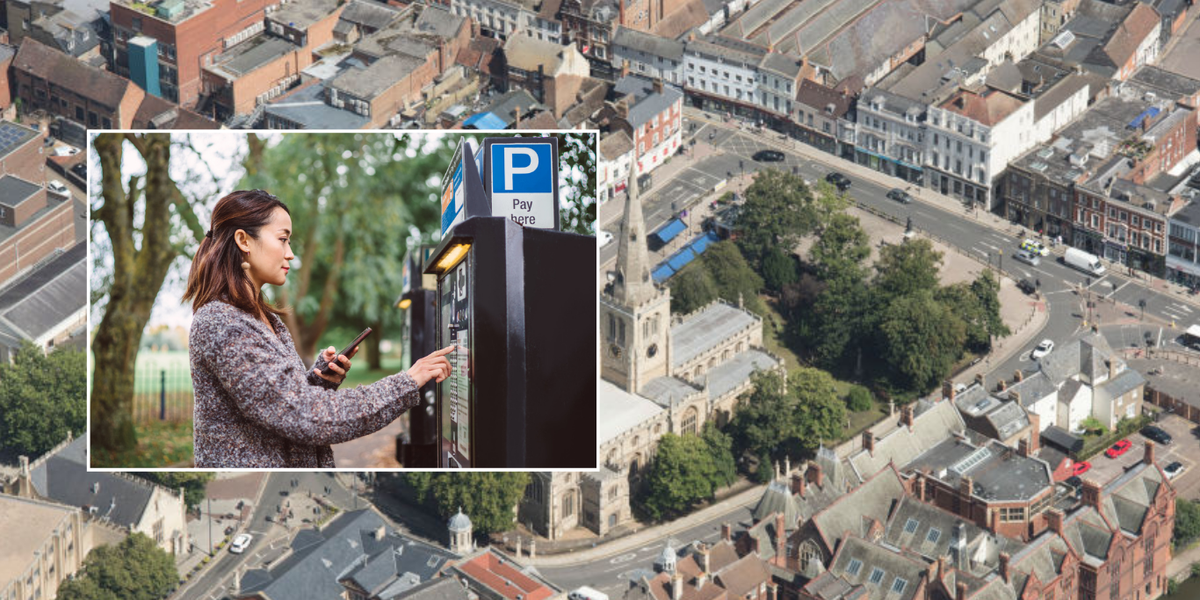More more people have a condition that leaves them so sleepy they are unable to work — even after a full night’s rest — than previously thought.
Researchers in the US estimated that as many as one in 70 individuals, or nearly 5million Americans, have ‘idiopathic hypersomnia’.
That is many more times previous estimates, which labeled the alleged disease as ‘rare’ and said fewer than 200,000 people were affected.
There is controversy over idiopathic hypersomnia, which literally translates as unexplained sleepiness, however, with some doctors arguing it does not exist.
Researchers in the US who surveyed hundreds of people suggested that as many as one in 100 individuals, or more than a million people, had ‘idiopathic hypersomnia’ (stock image)
Of the 792 people surveyed — who had sleep quality measured by a machine — scientists said a total of 12, or 1.5 percent, met the criteria to be diagnosed with the condition.
They also looked at data on daytime sleepiness among participants over a decade, finding that 10 participants had chronic daytime sleepiness.
Researchers said the figures were proof the condition was ‘relatively common’ and ‘more prevalent than generally assumed’.
Most of the participants in the study were obese, data showed, and about 59 years old on average. About half were women.
Dr David Plante, a psychiatrist at the University of Wisconsin-Madison, said: ‘Our results demonstrate that idiopathic hypersomnia is relatively common [and] more prevalent than generally assumed.
‘So, there is likely a sizable difference between the number of people with this disorder and those who seek treatment.’
He added: ‘Further efforts to identify, diagnose and treat those impaired by idiopathic hypersomnia are needed.
‘Additional research may also clarify the causes of idiopathic hypersomnia and lead to new treatments.’
Patients who have idiopathic hypersomnia are very sleepy during the day — even after sleeping for long periods at night and taking naps.
They also have difficulty waking up and, when they do wake up, immediately feel disorientated. Naps do not help to refresh them.
Scientists say the condition makes day-to-day activities like working or picking the children up from school a challenge.
There is no single test to diagnose the condition, however, with the disease instead being a diagnosis ‘of exclusion’ — when other conditions are ruled out.
Scientists say it may be caused by a hormonal imbalance acting like an ‘all-day sleeping pill’ or issues with the circadian rhythm — or the body’s sleep-wake cycle.
Treatment aims to ease symptoms and may include giving patients stimulant medications like modafinil — brand name Provigil or Alertec — to help them stay awake during the day.
The condition differs from narcolepsy because people with this, although they also feel tired, do not sleep excessively and feel refreshed after naps.
For the study, published in the journal Neurology, scientists attached the nearly 800 participants to a machine that measured their brain waves, blood oxygen level, heart rate and breathing rate while they slept overnight.
They also completed a daytime nap study, where they were attached to the same machine while they fell asleep four to five times.
And participants were surveyed on whether they ever felt tired during the day, how often they napped and how many hours of sleep they got on a work and non-work night.
Results also showed participants with the condition took four minutes to fall asleep at night on average and six minutes during naps.
For comparison, the overall figure was taking 13 minutes to fall asleep at night and 12 minutes during naps.
People with the disorder had more severe sleepiness, despite similar or longer sleep times, they said.
On a survey of sleepiness asking about how likely someone is to nod off while sitting, talking or stopped in a car, people with the condition had an average score of 14 out of 24 — well above the figure of 10 that is a cause for concern.
For comparison, those without the condition had an average score of nine.
‘It has been difficult to determine the prevalence of idiopathic hypersomnia because expensive and time-consuming sleep testing is required to make a diagnosis,’ Dr Plante added.
‘We examined data from a large sleep study and found that this condition is much more common than previous estimates.
‘[It is even] as prevalent as some other common neurologic and psychiatric conditions such as epilepsy, bipolar disorder and schizophrenia.’
An estimated 2.8million Americans have schizophrenia and 3.5million have epilepsy.











